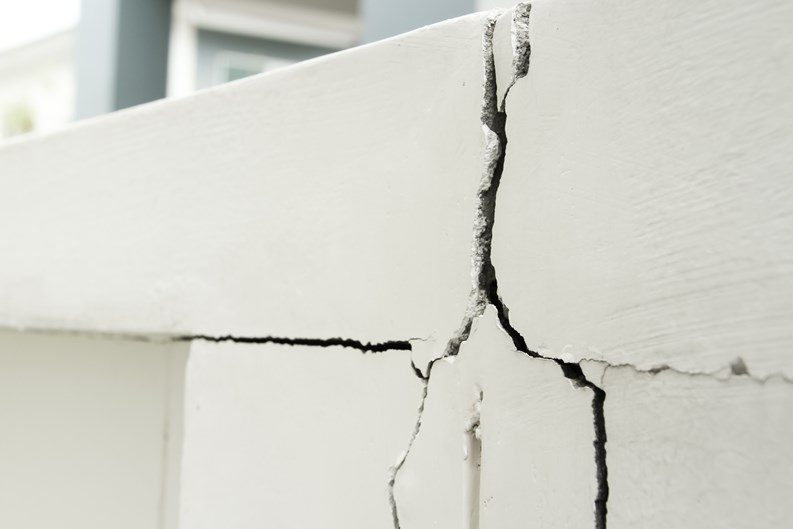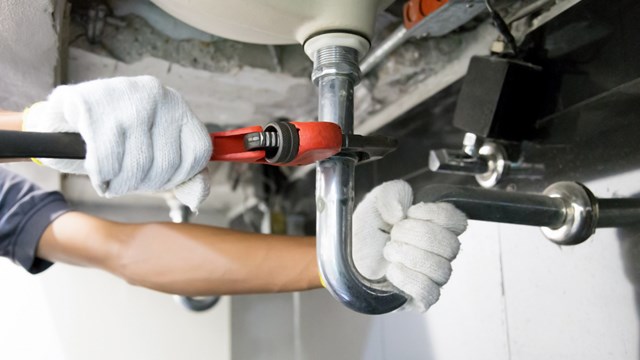Editor’s Note: This article originally appeared in CooperatorNews South Florida’s February 2019 edition. We present it again in light of the tragic condo collapse in Surfside earlier this year to highlight the importance of regular, properly conducted structural inspections.
For building owners and property managers who may soon be facing the 40-year building recertification process in Miami-Dade and Broward Counties, Benjamin Franklin’s adage about ‘an ounce of prevention’ is fitting.
The 40-year Building Safety Inspection Program was created in 2005 and has become effective throughout Broward County since January 2006. It’s modeled after Miami-Dade County’s program, which is now more than 30 years old. Broward’s program calls for structural and electrical safety inspections for buildings 40 years old or older and every 10 years thereafter. One- and two-family dwellings, U.S. and State of Florida government buildings, schools under the jurisdiction of the B.C. School Board, and buildings built on Native American reservations are exempt. Under Section 8-11(f) of the Miami-Dade County code, Miami-Dade County exempts buildings under 2,000 square feet; the Broward County code excludes all buildings under 3,500 square feet.
These inspections are designed to protect people from possible building failures.
Building owners and property managers should consult with structural engineers to have a proper inspection completed as their building nears 40 years of age. When it comes time for a 40-year property assessment, the property owner will receive a notice that an inspection is due. At that point, the property owner will have 90 days to find a structural engineer to complete an inspection of the building and submit a report to either the city or the county. The report will indicate what parts of the building (if any) need to be repaired or replaced. The property owner will then have another 180 days to complete the necessary repair work. Following the completed repairs, the structural engineer will then prepare another report verifying that the initial findings have been remedied.
Buildings on or near the ocean are especially vulnerable because they are constantly exposed to the increased effects of saltwater oxidation and corrosion, as well as minor concrete and masonry cracks. Stucco left exposed to the elements can cause rebar to expand up to seven times its original size, exerting a force of 10,000 pounds per square-inch (PSI). This condition—commonly referred to as spalling—can necessitate extremely expensive concrete restoration. Hundreds of thousands of dollars can be saved in building repair costs alone by following a regular maintenance schedule, applying early detection methods, and practicing aggressive prevention techniques.
Failure to submit the required recertification report will result in the issuance of a Civil Violation Notice or ticket without further notice to your board or management, and referral of this matter to the Unsafe Structures Unit for the initiation of condemnation proceedings. You may be liable for payment of a fine up to $10,510—and in addition, you must pay all enforcement costs incurred by the department once unsafe structures enforcement proceedings commence. Even more alarming, upon issuance of an unsafe structure Notice of Violation, the building must be vacated, and you may ultimately have to demolish the building.
In the case of the 40-year Building Safety Inspection Program, no news does not necessarily mean good news. Even if you have not yet received a Notice of Required Inspection by the code compliance department of your county or city, it is the property owner’s responsibility to acquire the initial 40- or 50-year recertification and to recertify the building every 10 years thereafter.
If you want to verify the age of your building, your town or city should have a folio number for your building that will provide this information. If your building is not 40 years old, you are not legally required to do anything. Historically, the Property Appraiser’s Office transmitted the building age information via a “property record card.” A property record card was produced annually for each property making up the local tax roll. Prior to the advent of electronic data, the property appraiser’s office would literally deliver a box of property record cards to each municipality annually. Sometime in the early 1970s, the information on the hard copy property record cards was transferred into a computerized records system called the Virtual Storage Access Method (VSAM), which generated an annual property record card that included the year a given structure was built. Building officials could then request a special report of buildings in their jurisdictions that were of a certain age. However, even if this specific information was not requested, each municipality would have building age information by virtue of them receiving a copy of the tax roll every year.
The property appraiser’s office considers the Certificate of Occupancy status of newly constructed buildings, as this signals that the value of the structure (as distinguished from the land) be added to the tax rolls. However, while the recertification certifies that a building is safe for continued occupancy, that status is not relevant to the official record-keeping responsibilities of the property appraiser’s office. While the lack of “year built” information on a property record card may have affected the City’s notification to the County since the early 1980s that a recertification inspection was due, building owners are still responsible for complying with the safety inspection program.
An owner’s or association’s approach to preventative maintenance and to forecasting capital improvement costs is of paramount importance in prolonging the useful life of the infrastructure and critical building components.
Barney Weinkle is a Managing Director of AKAM Living Services, Inc. based in Miami. He may be reached at: bweinkle@akam.com










Leave a Comment